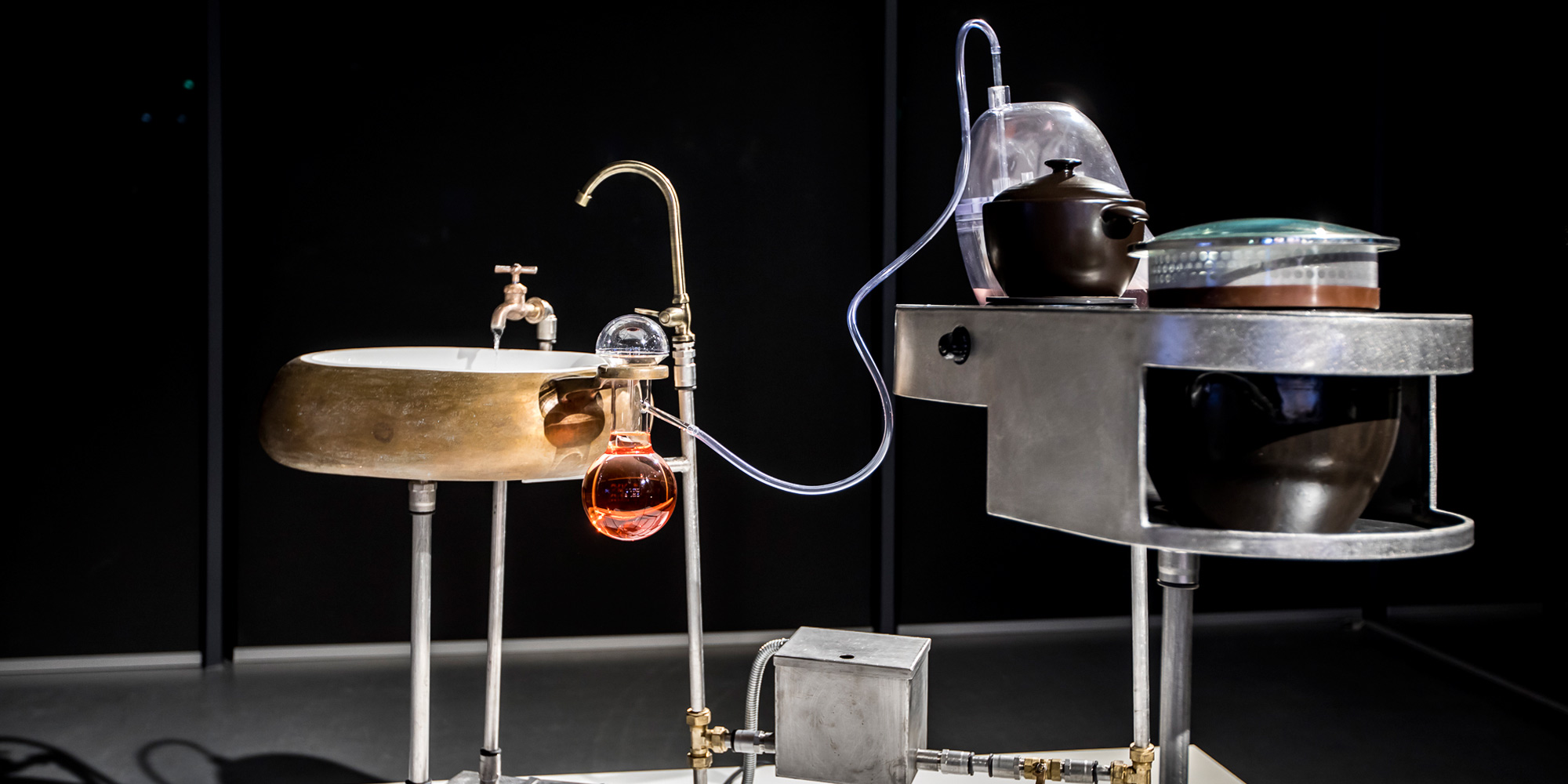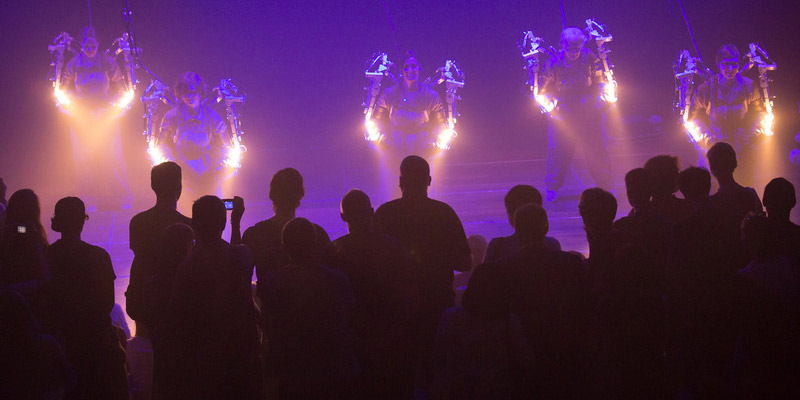Based upon three main concepts of this Festival: “Arts&Science,” “Error, Fake & Failure” and “Error in progress,” one list of special sessions will be held on Saturday 08.09, under the name “Artists Talks.” In each of them, selected artists from different areas of Art&Science will present their artistic work, showing from a forensic approach the deconstruction of their processes of creation and research. These sessions enable the attendants to see the connection of Error, Fake and Failure with creativity, and to learn different strategies and methodologies directly from the artist experience.
| Xin Liu (CN/US),Space Exploration Initiative, MIT Media Lab | We May Be All Alone: Space Exploration and Human Perception |
| Christophe Guberan (CH/US) | Product design as experimentation: New tools for a new creative generation |
| Oscar Rosello (ES), Judith Amores (ES), Adam Haar Horowitz (US), Dream Lab, MIT Media Lab, Fluid Interfaces Group | Slipping Into The ArtScience of Sleep |
| Mel Woods (UK), Making Sense | From Citizen Sensing to Collective Action |
| Lining Yao (US), Morphing Matter Lab, Carnegie Mellon University | Morphing Matter: Magic in Errors |
| Jiwon Woo (KR) | Methods and Processes |
Xin Liu (CN/US), Space Exploration Initiative, MIT Media Lab: We May Be All Alone: Space Exploration and Human Perception
In 1990, from 6 million kilometers away, Voyager 1 took a snapshot of our existence in the universe: a pale blue dot. In it, we saw the loneliness and impermanence of our species, a realization that continues to sustain a thriving, resonating call for the future. This sense of profound isolation has always shaped our perception of our planetary condition and our understanding of ourselves. What are the human experiences and perceptions of our planetary condition in relation to the vastness? Situated between the intimate, personal longing towards an outer space of the commons and the industrialized space exploration programs that administer access, Xin Liu will argue for the irreplaceability of an immediate, heartfelt presence of being in outer space on the grounds of human experience and connection.
Oscar Rosello (ES), Judith Amores (ES), Adam Haar Horowitz (US), Dream Lab, MIT Media Lab, Fluid Interfaces Group: Slipping Into The ArtScience of Sleep
MIT’s Dream Lab researches the borders where consciousness breaks down into sleep. The work is interstitial, linking science, engineering and art, from signal processing to symbol processing. Together we will walk through our creative process in studying the art and science of dreams.
Christophe Guberan (CH/US): Product design as experimentation: New tools for a new creative generation
Christophe Guberan is a Swiss designer who endeavors to appropriate digital production technologies in order to explore their formal or functional potential. Always in search of simple and open formatting principles, he imagines new types of production or applications, for which these machines were not initially intended. Join him for an exploration of what new contexts are possible when designers reclaim craft by creating their own production technologies. Not content to wait for manufacturing tools and companies to meet his ideas, Guberan is part of a new generation of creatives who use rapid prototyping and digital manufacturing to control every part of the production process, reducing compromise and the risk for failure inherent in complicated traditional approaches. Guberan’s experience developing projects XYZ, will offer insights into what it means for designers to drive every aspect of production in a completely integrated and controlled way, what conditions are essential for building effective experimental partnerships and collaborations, and how digital fabrication can give designers control over what ultimately matters: making essential products that people use and value over time.
Mel Woods (UK), Making Sense Team
The Making Sense project draws on nine citizen sensing campaigns in Amsterdam, Pristina and Barcelona where it developed a form of citizen participation in environmental monitoring and action which is bottom-up, participatory and empowering to the community. Known as citizen sensing it conceptualizes the way in which communities increase awareness of environmental issues and take action to effect positive change. Our approach is to merge sensing and design, and is presented in the Citizen Sensing Toolkit, a holistic guide to best practices and tools to overcome challenges that hinder the uptake, sustainability and impact of crowd sensing practices and systems.
Lining Yao (US), Morphing Matter Lab, Carnegie Mellon University: Morphing Matter: Magic in Errors
Designing morphing matter is to identify, study and optimize errors and defects in materials. A person can be interesting because of his or her “shortcomings”; and a material can be interesting because of its errors. Without mechanical weak points, a gel is not going to buckle; without residual stresses, a thermoplastic is not going to bend. Surprising morphing behaviors of materials grow out of imbalance and imperfection. This talk will cover a set of these behaviors.
Jiwon Woo (KR): Methods and Processes
Art and Science, methods and processes, historical culture and trends…what we have considered as very opposite pairs by the century-old standardization now needs to be reappraised more deeply. For those of us involved in more than one fields nowadays, we understand that the similarities between how Art and Science, as both methods and processes, work far over their stereotypical borderlines. Equally searching and wandering questions of authenticity, matters, and future, Art and Science welcome open-ended inquiry, failure, and learning from continuous thinking and doing. With some examples of Woo’s past projects, understanding why carving out in-between spaces among art, design, technology and science will be better examined.


